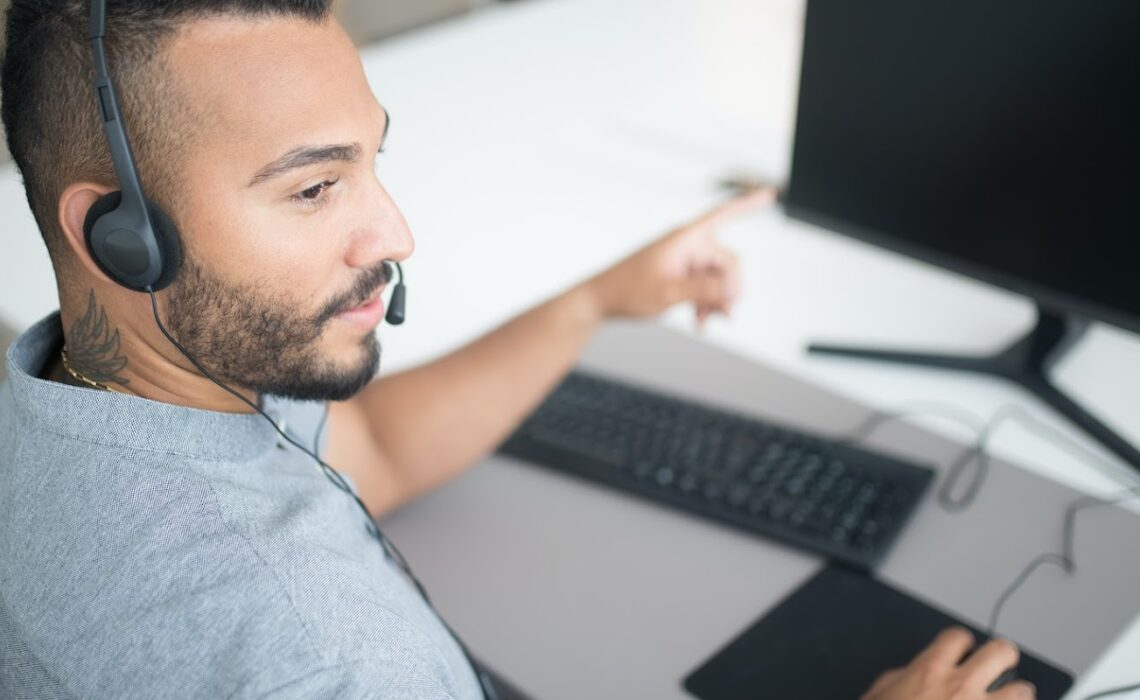
Humans need communication to survive, and it serves as a link between individuals and entire societies. Accessing this bridge can be a difficult and occasionally difficult journey for those who are deaf or hard of hearing. However, the obstacles that once prevented effective communication are now being gradually removed thanks to the quick development of assistive technology. These developments are revolutionizing how the deaf community lives in California and improving their access to language and information in ways that were unthinkable just a few decades ago. This article examines how assistive technology affects deaf communication in California and how technology is crucially enhancing access to language and knowledge.
The Challenge of Deaf Communication
According to the World Health Organization, 466 million people are thought to be affected by deafness, which is characterized as a partial or total inability to hear. It affects people from all walks of life and crosses all geographical boundaries. The deaf community in the United States is a vibrant and diverse group, with American Sign Language (ASL) serving as their primary language of exchange. Effective communication is frequently hampered for deaf people, particularly when written communication or ASL interpreters are not readily available.
In the past, these obstacles have posed serious difficulties in areas like education, employment, and healthcare access. California, a state renowned for its inclusivity and diversity, has emerged as a leader in the use of technology to address these issues.
Technology as a Catalyst for Change
The development of technology has fundamentally changed how deaf people communicate. As in many other places, technology is providing solutions that reduce language and communication barriers and expand access to knowledge. The effects of different assistive technologies on the deaf community in California are covered in detail in the sections that follow.
Video Relay Services (VRS)
Telephone conversations between hearing and hearing-impaired people have been transformed by video relay services (VRS). Real-time interpretation is offered by these services, enabling seamless communication and phone calls for the deaf. A deaf person can use video to communicate with an ASL interpreter, who will then voice their message to the hearing party.
In California, VRS has improved social interactions, facilitated remote work, and increased job opportunities.
Text and Video Messaging Apps
For people who are deaf, the widespread use of text messaging and video messaging apps has changed the game. Easy real-time text or video communication is made possible by apps like FaceTime, Skype, and WhatsApp. This implies that those who are deaf can converse with those who are hearing without the aid of an interpreter. This has improved the deaf community’s level of independence and social integration in California.
Captioning and Subtitles
Photo by Cottonbro Studio
Multimedia content is now more easily accessible to the deaf community thanks to captioning and subtitles. The state of California, a center for the entertainment sector, has been a leader in implementing captioning and subtitling technologies. These features have made it possible for deaf people to enjoy movies, TV shows, and online content on an equal basis with their hearing peers everywhere from movie theaters to streaming services.
Hearing Aids and Cochlear Implants
Hearing aids and cochlear implants have undergone significant technological advancements in recent years, despite not strictly falling under the category of assistive technology. Many deaf people have benefited from these devices’ improved sound perception, and in some cases, they have even gained some hearing back. California has produced some of the most advanced medical and technological advancements in this field.
Mobile Apps for ASL Learning
People in California are now better equipped to overcome communication barriers thanks to the proliferation of mobile apps for learning American Sign Language (ASL). These apps have made learning more convenient, accessible, and affordable for everyone, including hearing people who want to learn ASL and deaf people who want to improve their skills.
Smart Assistants and Home Automation
In recent years, smart home technology has dominated the market, providing everyone with convenience and accessibility. For the deaf community, it entails more than just using a smartphone to adjust the lights and thermostat; it also entails getting alerts via tactile or visual cues, which boosts independence and safety.
Conclusion
There is no denying the effect that assistive technology has on deaf communication in California. Technology has acted as a catalyst for change, removing obstacles and giving the deaf community unprecedented access to language and knowledge. California is at the forefront of these technological advancements, from video relay services that make phone calls easier to mobile apps for learning ASL.
We can anticipate even greater improvements in the lives of the deaf community as technology continues to advance. Although there is still a long way to go before complete inclusivity and accessibility, the journey has seen incredible progress. California is a shining example of how technology is enhancing the deaf community’s access to language and information, paving the way for a time when communication barriers are history.
For those who are looking for additional support, Unspoken Language Services offers interpreting services to help bridge the communication gap between the deaf and hearing communities.
Thumbnail Photo Credit to: Photo by Kampus Production

